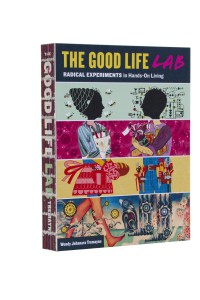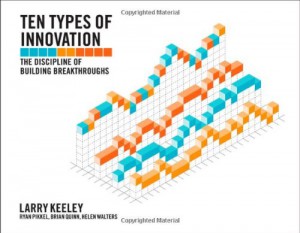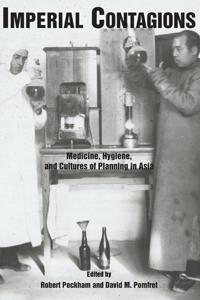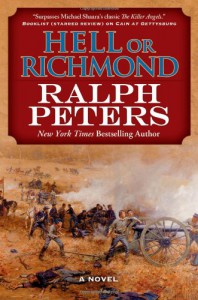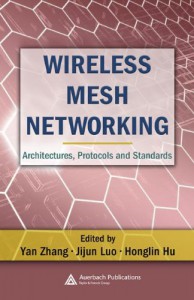
Yan Zhang (Editor), Jijun Luo (Editor), Honglin Hu (Editor)
Wireless networking has been around for more than a decade, but mesh is a relatively recent revolution. This book edits together extensive research from about 50 global experts into an easy-to-read, fluid and authoritative account of this emerging technology and market.
The release of the 802.11 IEEE standard in 1997 set off a chain of developments including 802.11 a / b / g / and n that have revolutionized the lives of computer users – to a point where laptop/notebooks/netbooks tend to be a primary and fully capable method for network access today.
A similar effort, 802.11s, has been under development since at least 2003 – with the objective of establishing a mesh networking standard. This book does an excellent job raising many of the considerations behind that standard, at the same time it addresses other protocol and standards.
Continue reading “Review (Guest): Wireless Mesh Networking: Architectures, Protocols and Standards”

